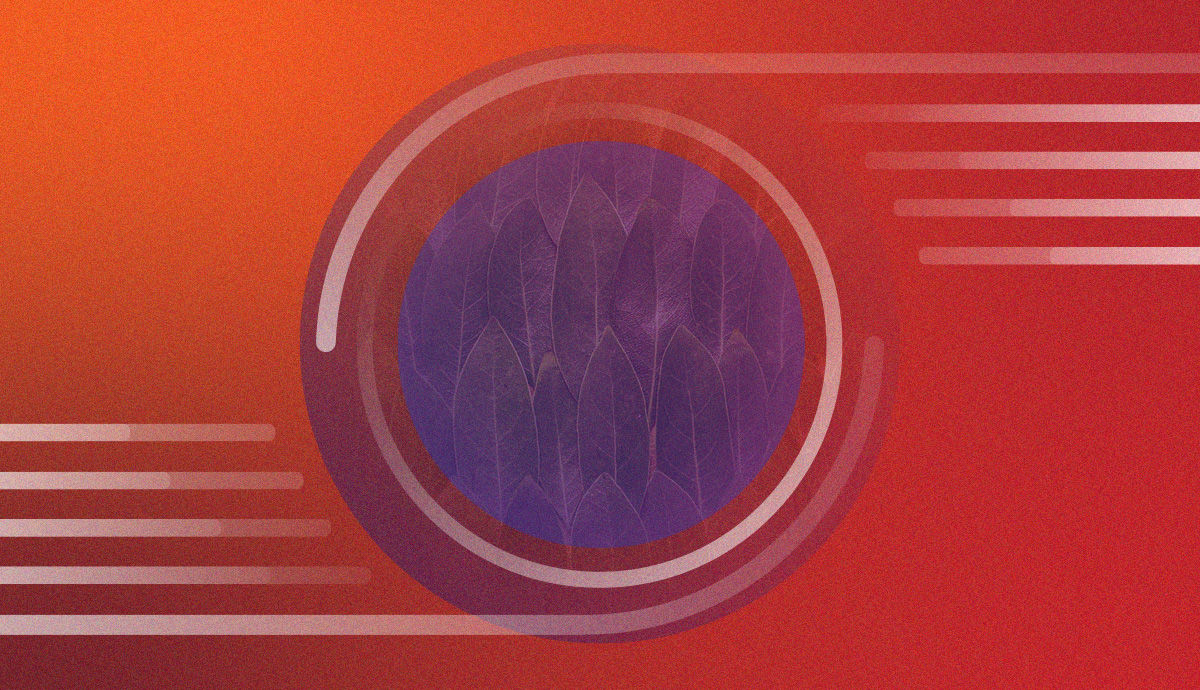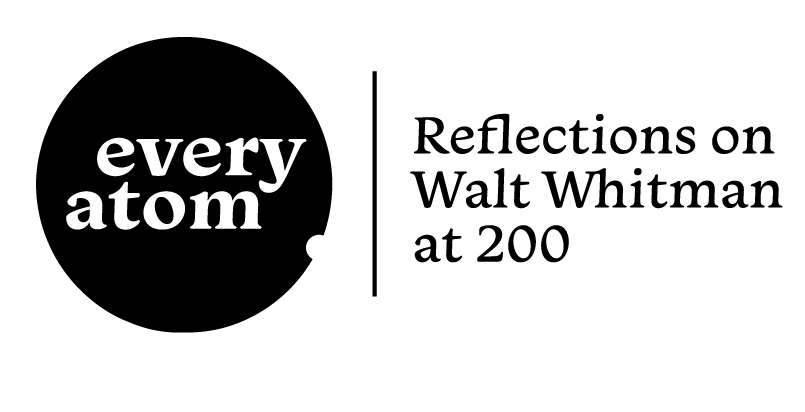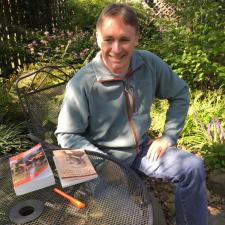Every Atom | No. 101
Introduction to Every Atom by project curator Brian Clements
In the 1855 Leaves of Grass, the first verse catalog begins, “The pure contralto sings in the organ loft.” Two pages later, the catalog ends with these lines:
And these one and all tend inward to me, and I tend outward to them,
And such as it is to be one of these more or less I am.
The opening line names a scene and a person performing in that scene. Then Whitman shifts his focus, line by line and phrase by phrase, naming other scenes and other persons going about their daily affairs, including whalers, slaves, prostitutes, frontiersmen, and sundry others. Each scene and each person dissolves into the next, and differences of geography, vocation, ethnicity, race, class, and gender blur.
Its concluding lines articulate the catalog’s implicit logic: it is an inventory, comprehending “one and all.” It also expresses a desire to capture the process of becoming American, which Whitman imagines as a reciprocal tending outward and tending inward. Reciprocity draws the poet and other Americans toward one another, as he namechecks them one by one. Yet reciprocity also mitigates, though it cannot erase, the many differences Whitman documents. “Such as it is” to be the contralto singing in church—or the “woollypate” hoeing in “the sugarfield”—that too am I, he insists, while hedging his bet: “more or less.” The catalog’s awkward concluding lines deploy formula and abstraction to offset the indelible differences noted in the dozens of lines that precede them. Their oddity stands out: these lines are less suited to a poem than to a contract—or to a compact, which Whitman, having declared all formal distinctions obsolete, hoped the Leaves also might be.
Whitman’s first concern is the Union itself, and his second the diversity and expansive geography that trouble it. So he treats the political and the cultural—the democratic and the nationalistic—as if they were identical. This conflation becomes clear when, after a break in the text, the poem continues. Whitman now offers a second tally of American scenes and persons, both making his argument more explicit and revealing its weaknesses. He positions himself as a representative citizen:
One of the great nation, the nation of many nations—the smallest the same and the largest the same,
A southerner soon as a northerner, a planter nonchalant and hospitable,
A Yankee bound my own way … ready for trade … my joints the limberest joints on earth and the sternest joints on earth
Whitman downplays regional and other differences, casting American prospects in as optimistic a light as possible. But this passage, which goes on to identify a number of American regional stereotypes (and a couple of Canadian ones, too), is powerfully counterfactual. The deepening conflict that would result in the Civil War meant that the southerner and the northerner were not “the same.” If the planter’s nonchalance was matched by the Yankee trader’s limberness, his hospitality would soon find the other’s sternness unbearable. By 1865, Whitman would be a war poet.
Recommended
Nor’easter
Post-Op Appointment With My Father
Cedar Valley Youth Poet Laureate | Fall 2024 Workshop







